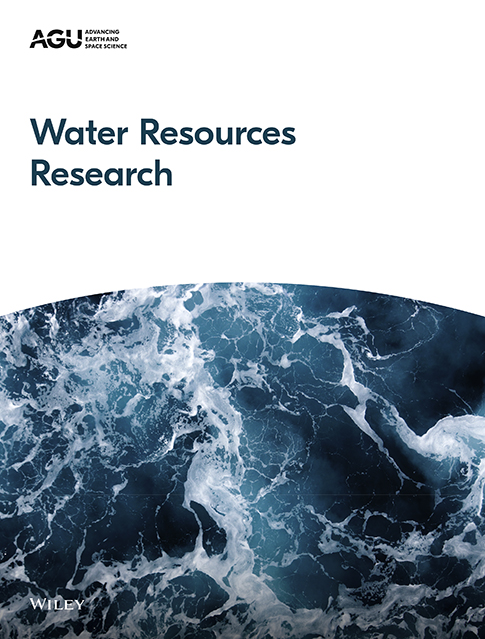- Department:(Dept. 1) Ecohydrology and Biogeochemistry
Consequences of the Aral Sea restoration for its present physical state: temperature, mixing, and oxygen regime
The Aral Sea is both an example of large-scale environmental degradation caused by human activity and a message of hope through its partial restoration. The field observations and model scenarios show that the restored part of the Aral Sea appears to be healthy in terms of vertical mixing and oxygenation, but small changes of water level or transparency could alter the entire ecosystem.
Urban Hydrological Connectivity and Response Patterns Across Timescales: An Integrated Time-Frequency Domain Analysis
The authors investigated the interconnections of rainfall, groundwater and stream flow in the Wuhle river in Berlin using autocorrelation, cross-correlation and time-frequency analyses of long-term data. Despite the strong influence of urban storm drainage, they showed a high degree of persistence of the groundwater signals.
Integral Modelling Approach for Hyporheic Exchange due to Porous Log Jams: Comparison With Experiments and Sensitivity Studies
Hydrological Connectivity Dominates NO3-N Cycling in Complex Landscapes – Insights From Integration of Isotopes and Water Quality Modeling
The authors integrated isotope-aided with N modelling to quantify the (dis)connection of different flow paths and related biogeochemical transformations, which is important for land and water management. Hydrological connectivity controls N transformations by regulating soil moisture and available NO3-N for processing from upstream inflows.
Towards sustainable lake restoration
Assessing hydrological drought propagation through assimilation of GRACE for groundwater storage anomalies modelling in northeastern Mexico
Understanding ecohydrology and biodiversity in aquatic nature-based solutions in urban streams and ponds through an integrative multi-tracer approach
The authors used stable water isotopes, hydrochemistry and eDNA in a novel, integrated tracer-approach to show how ecohydrological interactions and biodiversity in urban aquaNBS are influenced by urban water sources and connectivity. The direct linkages between hydrology and microbial patterns are highlighted, illustrating the sensitivity of aquaNBS to anthropogenic and climate influences.

Hydrophilic Organic Compound Migration in Biochar-Amended Stormwater Filters with Dynamic Conditions and Varied Background Dissolved Organic Carbon Contents
Persulfate activation by biochar for trace organic contaminant removal from urban stormwater
We show that biochar can activate peroxydisulfate to eliminate widespread persistent and mobile organic contaminants from urban stormwater. Our laboratory-based investigation provides the basis for future studies towards the practical implementation of biochar and peroxydisulfate for stormwater treatment.








